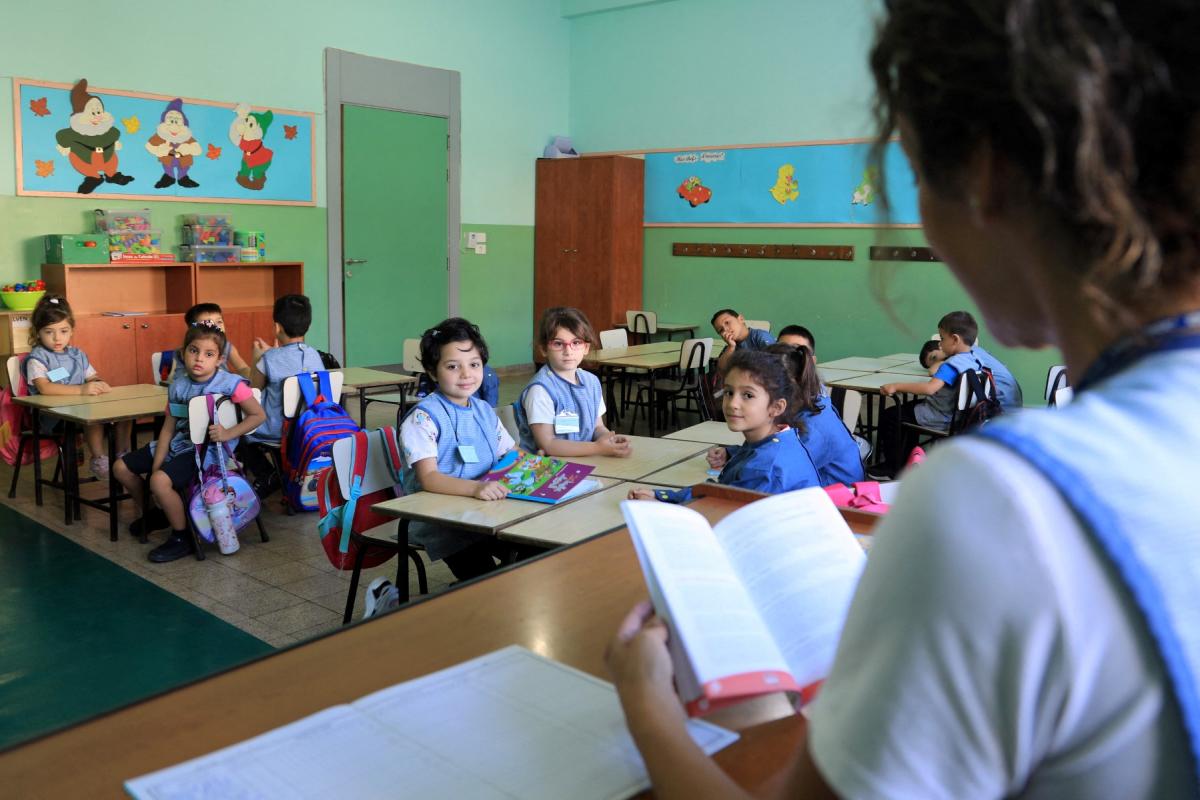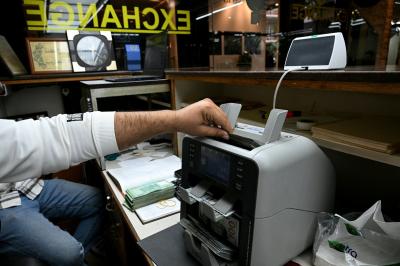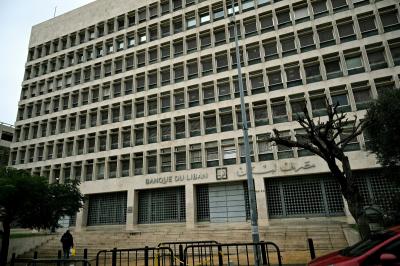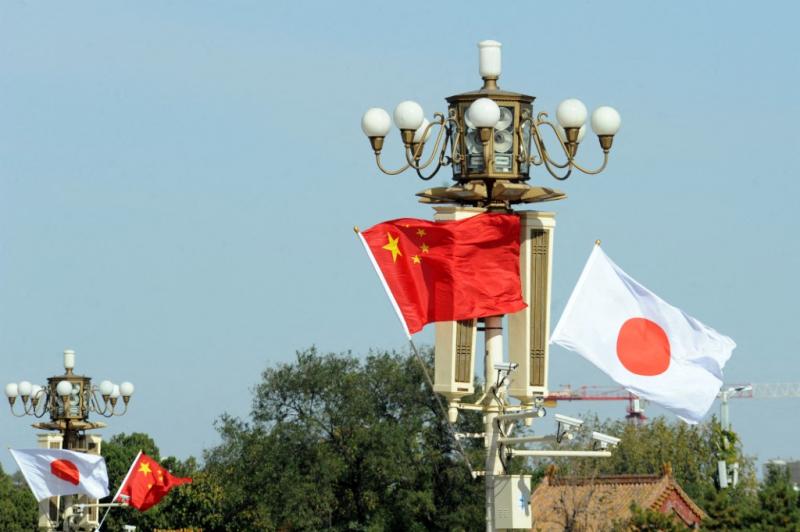There are many contradictions in Lebanon’s economy. Yet perhaps none is more striking than the rush toward costly private education in a country where, according to World Bank figures, 44 percent of the population lives on less than $1.60 a day. That hardly means the remaining 56 percent live in comfort; of that figure, only about 20 percent are financially secure, while 36 percent fall under the umbrella of multidimensional poverty. How, then, can a nation where 80 percent of its people live in poverty sustain the exorbitant cost of private schooling?
A new study by Information International sheds light on the imbalance. Of 224,000 higher education students in the 2022–2023 academic year, only 66,000 — or 29.5 percent — enrolled at the Lebanese University, the country’s sole public institution. Private universities and institutes attracted the overwhelming majority: 158,000 students, nearly 70 percent.
A National University in Decline
The contrast is not only in numbers. The Lebanese University has lost half its students in just 25 years — down from 60 percent of higher education enrollment in 2000 to about 30 percent in 2022. That decline coincided with one of the harshest years for Lebanese families. In September 2022, the government fully lifted fuel subsidies and raised the customs dollar to 15,000 lira. Prices soared, pushing inflation to 178 percent by year’s end, according to Fitch Solutions. Meanwhile, the minimum private sector wage stood at 2.6 million lira — about $65 at the average exchange rate of 40,000.
Like other state institutions, the Lebanese University has been plagued by chronic issues that have remained unresolved for decades: dilapidated buildings, excessive fragmentation, failure to grant professors tenure, reliance on contract teaching, and collapsing salaries amid the financial crisis that has gripped Lebanon since late 2019.
Families Withdraw From Higher Education
But the shrinking number of students at the Lebanese University cannot be explained solely by the institution’s problems. Economist Jad Chaaban points out that poorer students, traditionally its base, are increasingly abandoning higher education altogether. Facing dire living conditions, many young people are choosing to join the labor market rather than pursue a degree. “This is a common pattern,” Chaaban explains. “In Lebanon, as in other countries, acute economic crises push people away from education and toward work.”
This begs the question: if fewer poor students are pursuing higher education, why are private universities still seeing enrollment rise?
According to Information International, Lebanese University enrollment remained higher than that of private institutions until 2003, when numbers converged at around 66,800 students each. From then on, private universities surged ahead. One key factor: the number of private higher education institutions grew from 24 in 2000 to 41 in 2003, and to 51 by 2023.
Private Education as a Political Share
With few exceptions, most private universities and institutes were licensed under Lebanon’s post-Taif quota system, according to a study co-authored by Chaaban titled Resisting the Commodification of Education and the Privatization of Universities. Many of these schools are owned by ministers, sectarian leaders, or political figures. Their tuition fees are far lower than those of Lebanon’s prestigious universities, and they offer generous financial aid to loyalists. Obtaining a degree from these institutions is often easier, faster, and less demanding than from the Lebanese University.
Another factor is that many middle-class families, once able to send their children abroad, can no longer afford to do so. Enrolling in a local private university, even at high cost, is still cheaper than overseas tuition and living expenses. Meanwhile, remittances from Lebanon’s vast diaspora provide a critical lifeline, helping families cover tuition fees and even resort to intra-family loans.
But enrollment trends reveal another shift: not all private universities are growing. Instead, students are flocking from elite, high-cost institutions to lower-cost private universities. “This is primarily due to the economic collapse,” Chaaban notes.
From a Right to a Commodity
The reasons may vary, but the outcome is the same: collapsing trust in the public system, the erosion of the state’s basic functions, and the transformation of education from a right into a commodity. Poor families now take on crushing debt to secure their children’s schooling — debt that deepens their poverty rather than alleviates it.
Please post your comments on:
[email protected]
 Politics
Politics













